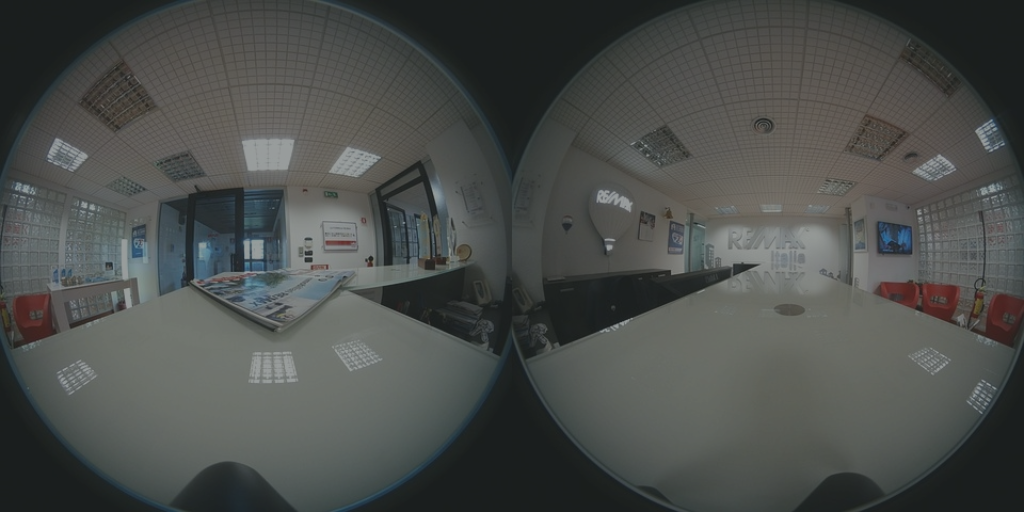Many people are always excited about the use of virtual reality equipment for quality forms of entertainment and gaming expenditure. In some circumstances, the enterprises have a very exciting market opportunity which is a prospect of industrial transformation in fields such as medicine and engineering. It is important to focus on the understanding of the present-day enterprise on the VR landscape and what is already in existence. This occurs irrespective of reflecting on the endless possibilities of VR technology. Many manufacturing industries have leverage on the power of virtual reality (Durlach & Mavor, 1994).
Despite the presence of virtual reality on the enterprise corridors, they may not be on a large scale as quickly as it may be the case in entertainment. Before the industries start deploying the VR equipment to the employees, they need to go ahead and improve the growth in the enterprise VR and content improvement. The virtual training and authentication programs are given for everybody starting from the sales reps to the technical engineers. The whole new wave of virtual exposure and collaboration tools have to empower the remote employees. The existence of VR in enterprises does not end but they reshape as we view it.
How are Businesses Using VR?
Virtual reality society, a forum of virtual reality gurus, claims that businesses are currently using virtual reality in a number of ways. These ways include the following
- VR is used to create a 360-degree view of the product
- It is used as training programs (i.e. simulations) for new employees
- VR is used by businesses to provide virtual tours of the business environment
The CAVE system, which is a fully immersive virtual reality is used by big tech-savvy corporations to test the new products. Some of the prime examples of VR use in business includes
- At Ford automobiles, engineers and designers use VR to test the elements of new cars, which result in saving $8 million per year
- The Line, which is a luxury retailer, uses VR to create a virtual pop-up shop for its customers
- Airbus, one of the largest manufacturers of airplanes, uses virtual reality to give the demo of its planes to the customers
How might Businesses Use VR in the Future?
The market for virtual reality will bloom in the next four years. A recent article published in the Fortune magazine by Jeffrey O’Brien estimated that the market for VR will exceed the 150-Billion-dollar benchmark by 2020.
Businesses are investing billions of dollars to develop the virtual reality landscapes of the future. Scott Gerber, in 2016 asked the successful entrepreneurs about the exciting opportunities they see for virtual reality in the future. The response was very optimistic and the entrepreneurs were very interested regarding how the future might be shaped by virtual reality. Their responses are given below
- The brands will use virtual reality to improve the customer experience that will ultimately result in an increase in customer loyalty. The aim of such VR initiatives should be to give the customers an immersive and interactive experience that would increase their association with the product.
- Virtual reality will transform teleconferencing, with the calls being replaced by meetings that would give more natural experiences than ever.
- They say that VR and businesses are made for each other, the e-commerce experience will be improved and the realistic shopping experience will result in an increase in the revenue stream.
How do Specifically Small Businesses Stand to Benefit from VR?
For small businesses, virtual reality is all about bringing the product to life. These are the views that are expressed by Annie Pilon in her 2016 article published in small business trends. In reality, virtual reality will help small businesses to grow. For instance, through VR, a small business can create a virtual store online which would give the business great exposure as commerce is increasingly becoming online. Such a virtual reality enriched e-shopping experience will result in a massive increase in revenues. Additionally, customers may be attracted to actually use the product after a 360-degree virtual reality version which they have just experienced online.
Recommended Reading
- Durlach, N. I., & Mavor, A. S. (Eds.). (1994). Virtual reality: scientific and technological challenges. National Academies Press.

